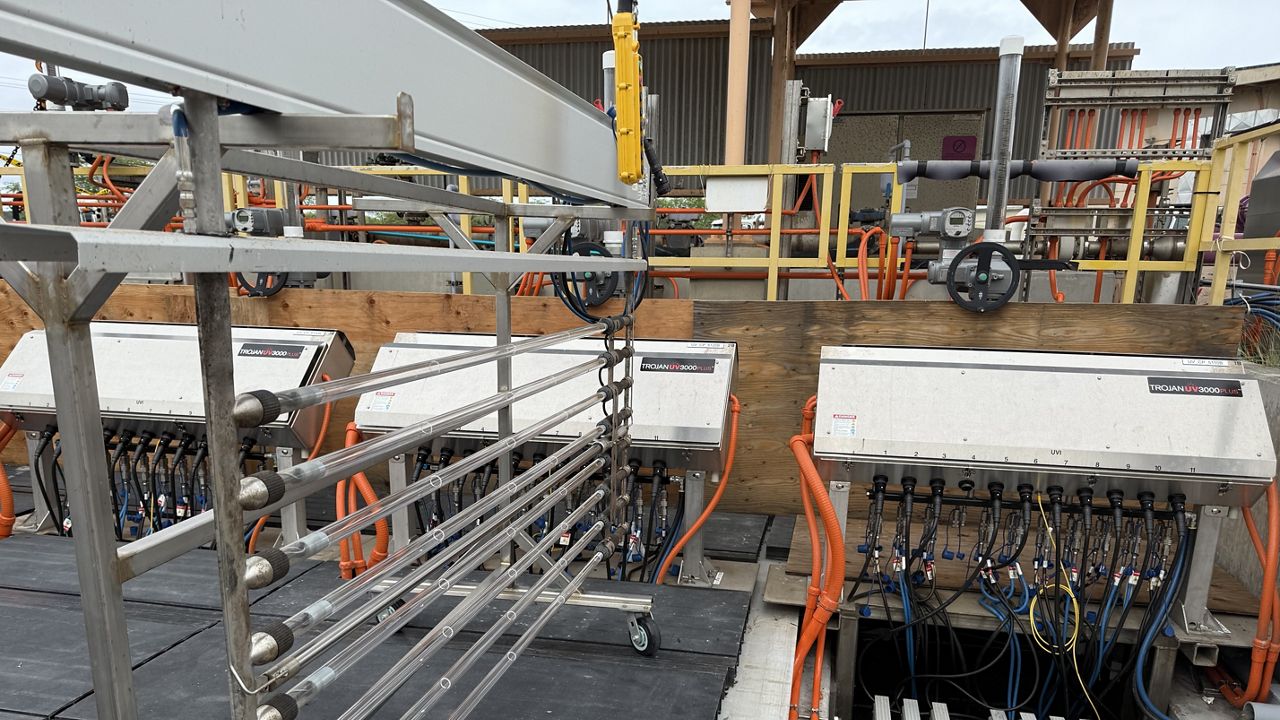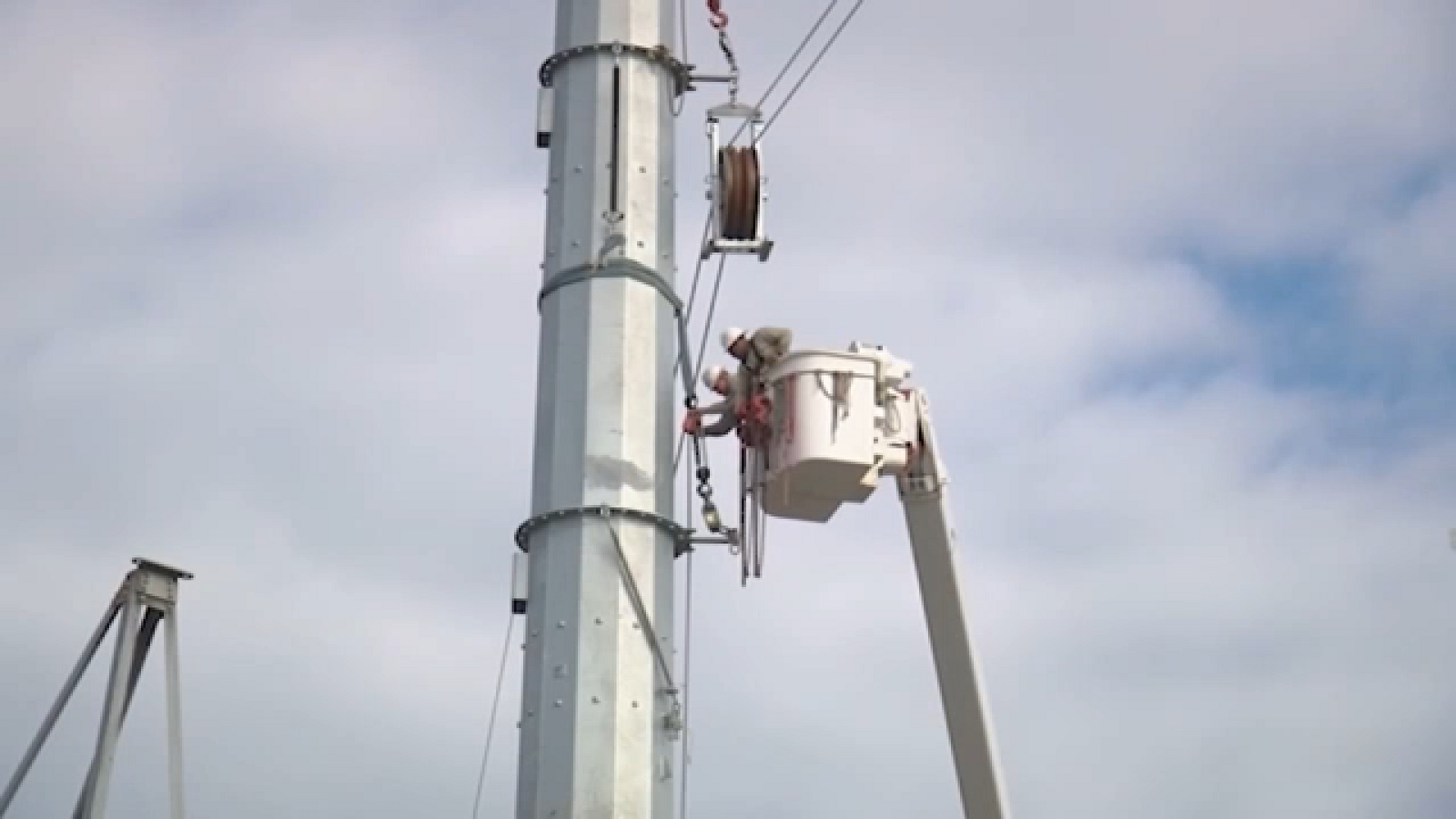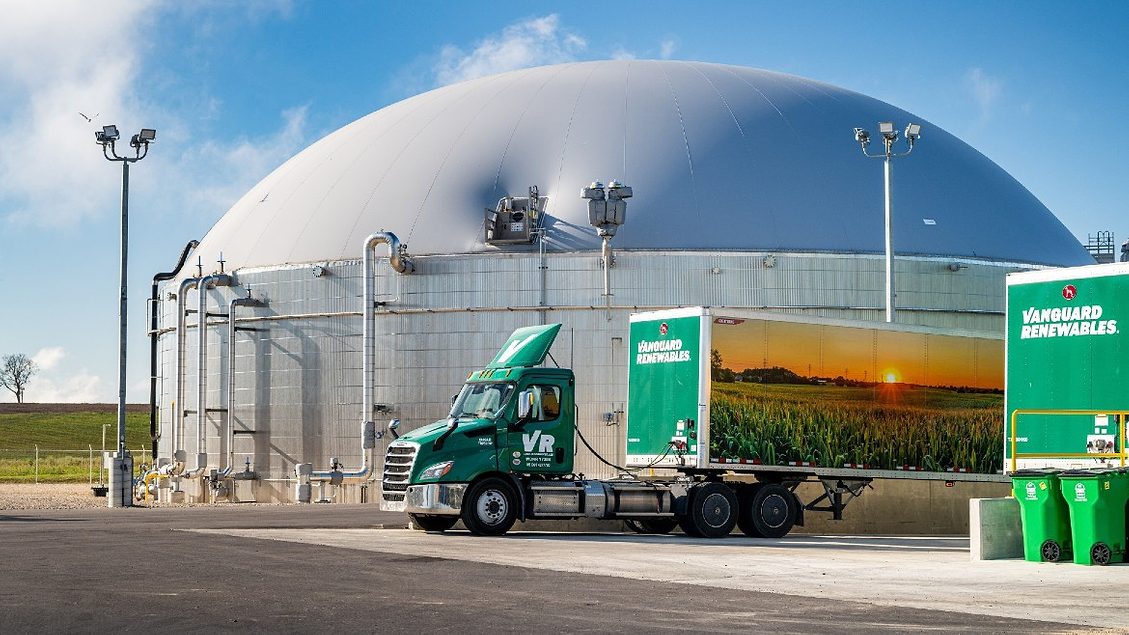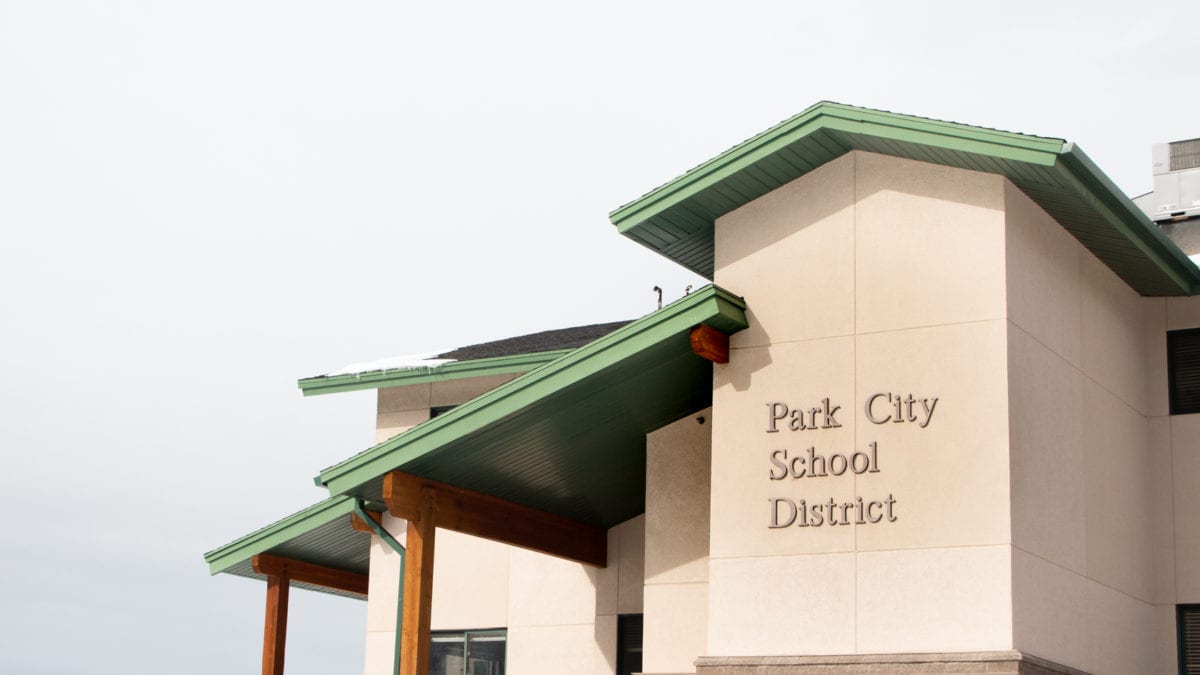Doomsday Plane Purchase: Balancing Security, Innovation, and Global Cooperation for Sustainable Development
The purchase of five Boeing 747 passenger jets by the Sierra Nevada Corporation, destined to become the next generation of the US Air Force's strategic command and control military aircraft, raises intriguing questions about global security and sustainability. These aircraft, colloquially known as "Doomsday planes," are designed to function as airborne command centers in the event of catastrophic scenarios, such as nuclear war, where ground-based command facilities might be compromised.
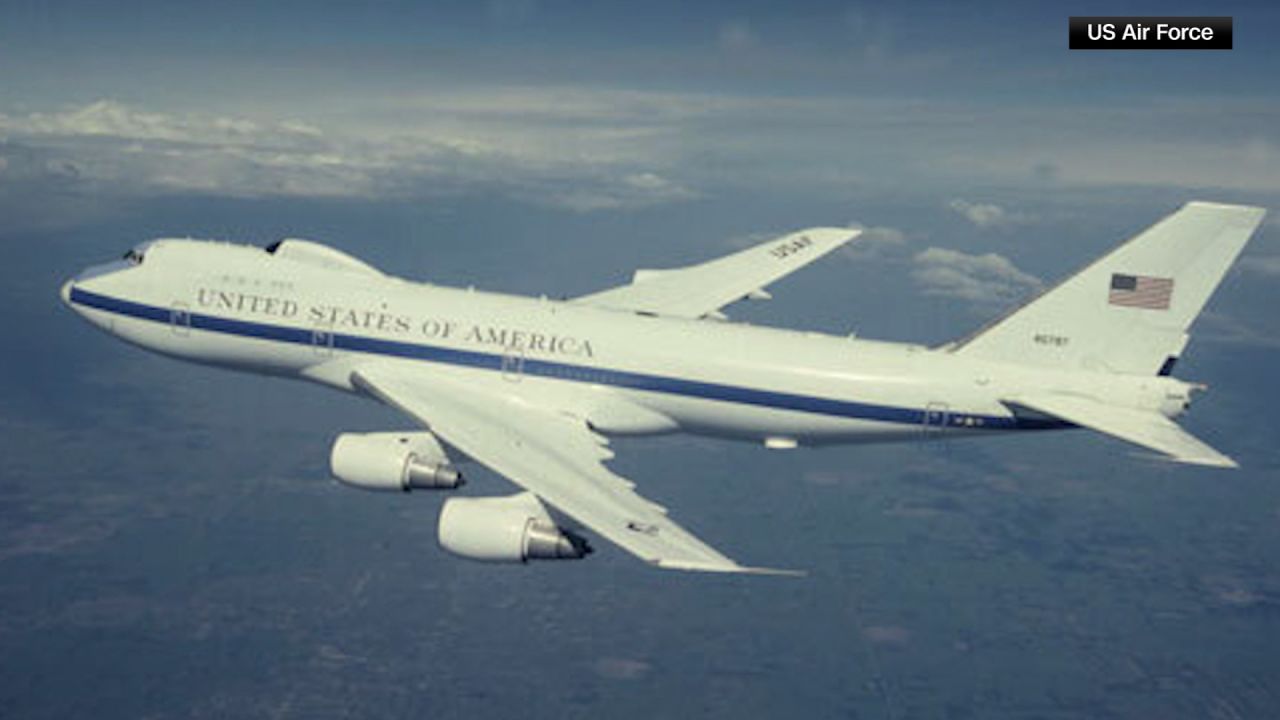
From an economic standpoint, this purchase reflects substantial investment in defense infrastructure, aligning with Goal 8: Decent Work and Economic Growth. The development and production of these aircraft, under a $13 billion contract awarded to Sierra Nevada, will likely create jobs and stimulate economic activity in the aerospace industry.
Furthermore, the upgrade to newer 747-800 airframes signifies a commitment to modernization and innovation in military technology, fitting Goal 9: Industry, Innovation, and Infrastructure. By investing in advanced aircraft technology, the US military aims to enhance its strategic capabilities while promoting advancements in aerospace engineering.
However, the implications of these developments extend beyond economic and technological domains, touching upon broader questions of security and global stability. The existence of Doomsday planes underscores the persistent threat of nuclear conflict and the need for robust defense mechanisms, implicating Goal 16: Peace, Justice, and Strong Institutions. Ensuring effective command and control capabilities in times of crisis is essential for maintaining international peace and security.
Moreover, the potential use of these aircraft in nuclear scenarios highlights the urgent need for diplomatic efforts to prevent the proliferation of nuclear weapons and mitigate the risk of conflict, aligning with Goal 17: Partnerships. International cooperation and diplomacy are crucial for addressing complex security challenges and fostering a safer, more stable world.
In summary, while the acquisition of Doomsday planes represents a significant step in enhancing military capabilities, it also underscores the interconnectedness of security, innovation, and global cooperation in achieving sustainable development goals. As nations navigate the complexities of modern warfare and security threats, it becomes increasingly imperative to prioritize collaborative efforts towards peace, stability, and sustainable development.
Former passenger jets bought by US firm tasked with creating
next generation of nuclear ‘Doomsday’ planes
That economy-class seat you once occupied while flying in Asia might one day be the very place from where the United States nuclear weapons arsenal is controlled.
That’s because five Boeing 747 passenger jets once operated by the South Korean flag carrier Korean Air have been purchased by the Sierra Nevada Corporation, the contractor for the replacements for the US Air Force’s current fleet of strategic command and control military aircraft, more commonly known as “Doomsday” planes.
Also known as the E-4B “Nightwatch,” the Doomsday planes are designed to be command-and-control centers for the US military in the event of a national emergency that sees command facilities on the ground destroyed or incapacitated, such as nuclear war.
They could become what amounts to a Pentagon in the sky, taking aboard the US president, secretary of defense and members of the Joint Chiefs among more than 100 other people with the ability to control US forces worldwide from the aircraft, according to an Air Force fact sheet on the E-4Bs.
The Doomsday planes are built to withstand the effects of an electromagnetic pulse, the burst of energy released by a nuclear explosion that can “disrupt and permanently damage electrical components and entire systems within most critical infrastructure sectors and impact large-scale infrastructure,” according to the US Department of Homeland Security.
At least one Doomsday plane is on alert 24/7 at a US military base somewhere in the world, the Air Force says.
On Friday, a spokesperson for the Colorado-based Sierra Nevada confirmed the purchase of the Korean Air jets but would not give any further details.

However, on April 26 the Air Force awarded Sierra Nevada a $13 billion contract to develop and produce the Survivable Airborne Operations Center, the official name of the new Doomsday plane. Work on the project is to be completed by 2036, according to a Defense Department release.
On Friday, an Air Force spokeswoman confirmed the contract had been awarded in April.
“The development of this critical national security weapon system ensures the Department’s Nuclear Command, Control, and Communications capability is operationally relevant and secure for decades to come. To satisfy operational requirements, the weapon system will be comprised of a Commercial Derivative Aircraft that will be hardened and modified to meet military requirements,” Air Force spokeswoman Ann Stefanek told CNN.
Last year, Sierra Nevada opened a 100,000-square-foot aircraft repair, maintenance and overhaul facility at Dayton International Airport in Ohio, and construction on a second hangar of similar size has begun.
An artist’s rendering of the Dayton facility showed a 747-800 inside.
The 747-800s would be an upgrade on the older and smaller 747-200 airframes of the current Doomsday fleet, which entered Air Force service in the 1980s.
Earlier this week, Korean Air announced the $675 million sale of five of its aircraft to Sierra Nevada. The decision to sell the jets was part of a “mid- to long-term introduction plan for new aircraft,” the airline said in a statement, adding it expects the deal to be completed by September 30, 2025.
Korean Air had nine 747-800 passenger jets in its fleet as of October 2023, according to its website.
CNN’s Yoonjung Seo and Haley Britzky contributed to this report.
What is Your Reaction?
 Like
0
Like
0
 Dislike
0
Dislike
0
 Love
0
Love
0
 Funny
0
Funny
0
 Angry
0
Angry
0
 Sad
0
Sad
0
 Wow
0
Wow
0


























